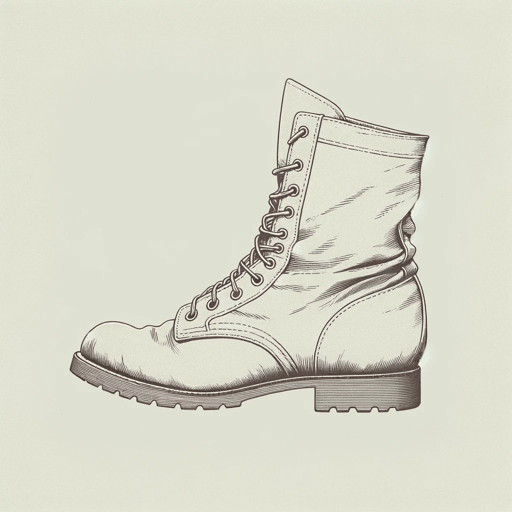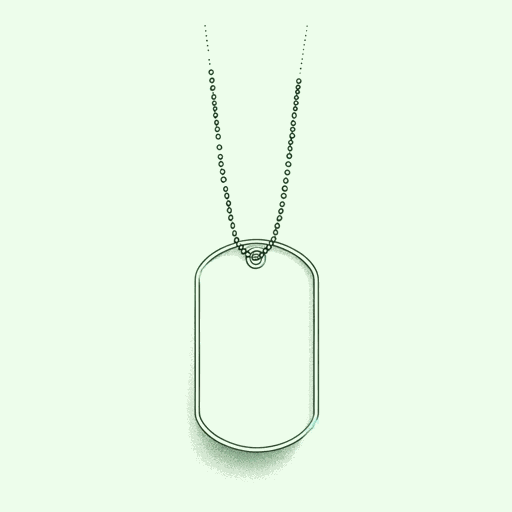64 pages • 2 hours read
Tim O'BrienThe Things They Carried
Fiction | Short Story Collection | Adult | Published in 1990A modern alternative to SparkNotes and CliffsNotes, SuperSummary offers high-quality Study Guides with detailed chapter summaries and analysis of major themes, characters, and more.
Summary and Study Guide
Overview
Published in 1990, The Things They Carried is a collection of interrelated short stories about the Vietnam War written by Tim O’Brien. The historical fiction collection has been hailed not only as an essential piece of literature about the Vietnam War, but as a workshop in fiction writing itself. It was a finalist for the Pulitzer Prize and the National Book Critics Circle Award and was a New York Times Book of the Century. It was featured in a PBS series about the Vietnam War narrated by Ken Burns. Although Tim O’Brien won the National Book award in 1979 for his novel Going After Cacciato, it is perhaps the stories of The Things They Carried which has left the largest impact on the American perception of the Vietnam War.
Plot Summary
The Things They Carried comprises 22 short stories that range in length from just a few paragraphs to fully fleshed out dramatic narratives of 20 pages or more. The stories are largely written in first person, from the point of view of a single narrator, Tim O’Brien. While there are 22 separate stories, the book is made up of a few central dramatic events that are repeatedly featured.
In “The Things They Carried,” a soldier named Ted Lavender takes a shot to the head while the First Lieutenant Jimmy Cross daydreams about his love Martha. In “On the Rainy River,” the narrator confronts the decision of whether or not to go to war by escaping to a fishing lodge run by an old man named Elroy Berdahl. In “How to Tell a True War Story,” Curt Lemon dies from a grenade explosion and his friend Rat Kiley tortures a baby water buffalo. In “Sweetheart of the Song Tra Bong,” a soldier’s young girlfriend flies from Cleveland to Vietnam and becomes deeply involved in the action. In “Ambush,” the narrator describes the time that he killed a man. Stories 15 and 17 describe the death of a soldier named Kiowa who drowned in a mud field during an attack. In “The Ghost Soldiers,” the narrator seeks revenge on a field medic for his mistreatment of a wound the narrator suffers during battle. In Story 22, the narrator remembers a childhood friend of his who passed away at the age of nine and reflects on the nature of memory, death, and storytelling.
Throughout all of these stories, the narrator frequently offers reflections on both the craft of writing and the nature of truth. These reflections become intertwined with the stories in complicated ways that fragment the reader’s sense of what is “true” and what is merely fiction. It is for this complicated intertwining of truth and fiction that The Things They Carried is celebrated as both an accurate portrait of the Vietnam War and as a work of expertly crafted fiction.
Related Titles
By Tim O'Brien
Featured Collections
American Literature
View Collection
Audio Study Guides
View Collection
Community Reads
View Collection
Creative Nonfiction
View Collection
Memorial Day Reads
View Collection
Military Reads
View Collection
Short Story Collections
View Collection
Vietnam War
View Collection
War
View Collection




